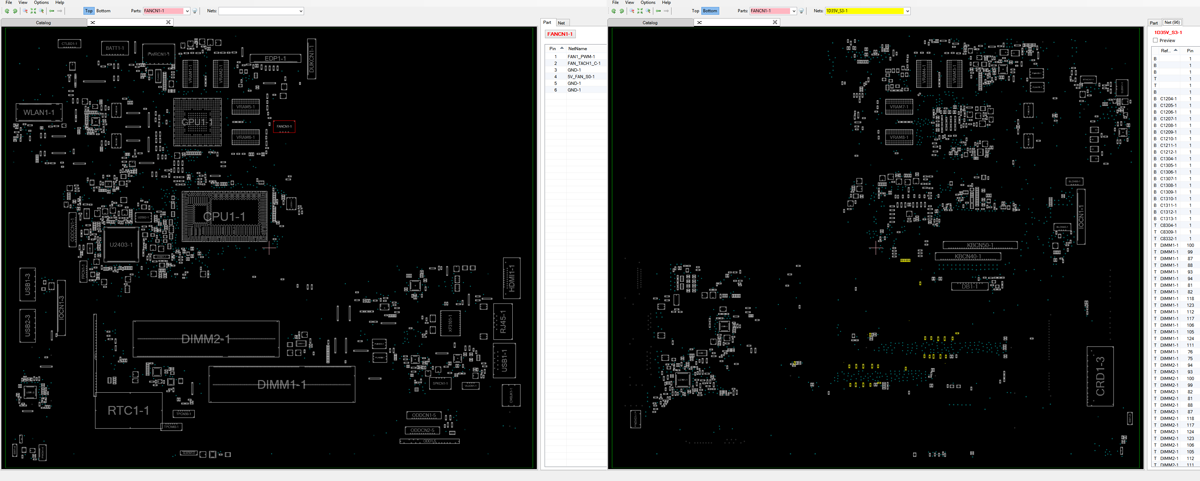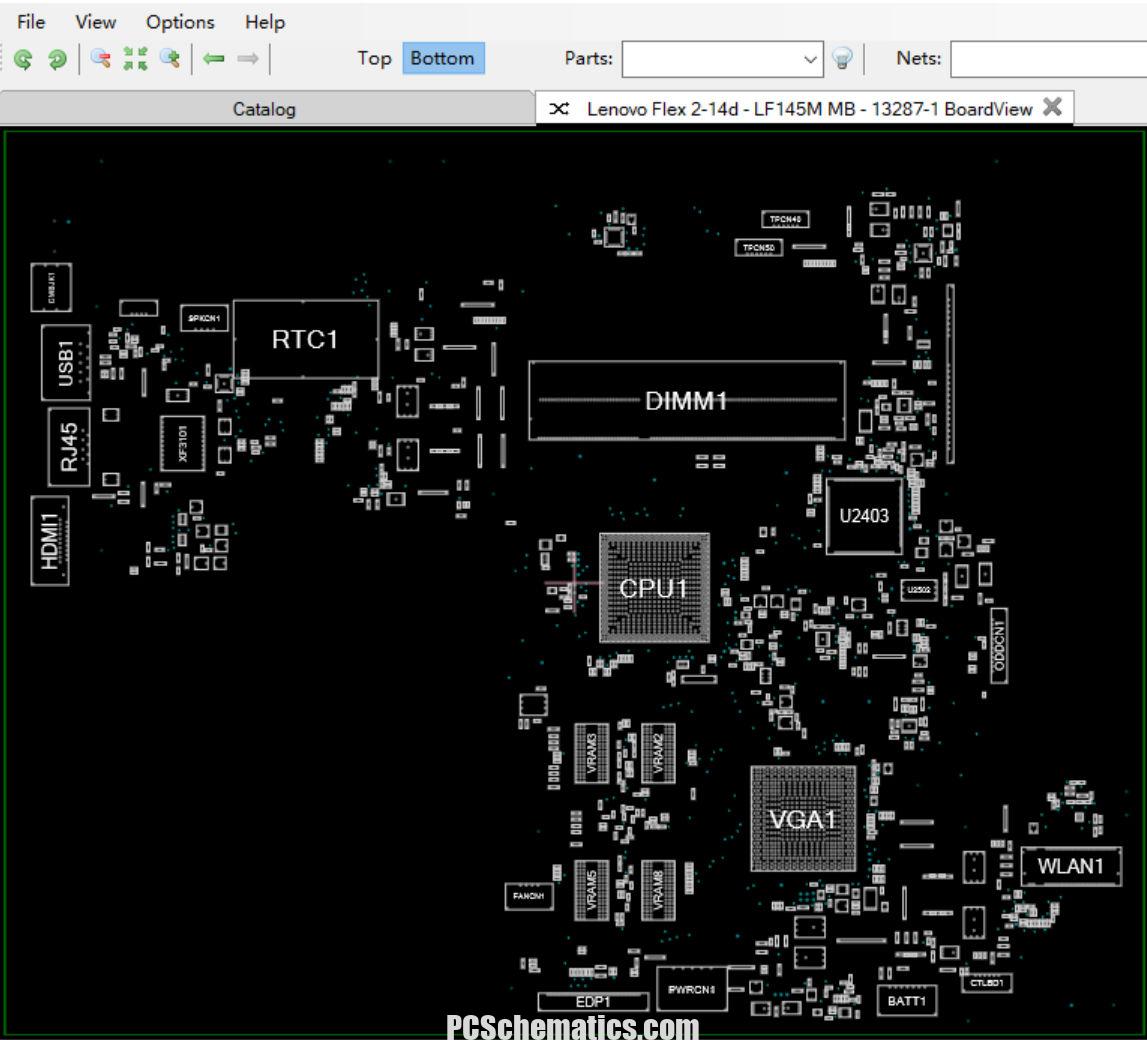

To have more control over flex items we can target them directly. Using nowrap would cause an overflow if the items were not able to shrink, or could not shrink small enough to fit.įind out more about wrapping flex items in the guide Mastering Wrapping of Flex Items. Set it to nowrap, which is also the initial value, and they will instead shrink to fit the container because they are using initial flexbox values that allows items to shrink. As flex-wrap is set to wrap, the items wrap. The live sample below contains items that have been given a width, the total width of the items being too wide for the flex container. Now, should your items be too large to all display in one line, they will wrap onto another line. To cause wrapping behavior add the property flex-wrap with a value of wrap. Any space distribution will happen across that line, without reference to the lines either side. In doing so, you should consider each line as a new flex container. While flexbox is a one dimensional model, it is possible to cause our flex items to wrap onto multiple lines. Try editing the items or adding additional items in order to test the initial behavior of flexbox. You can see in the live example below how this looks.
#Flex board view full#
If some items are taller than others, all items will stretch along the cross axis to fill its full size. If there are more items than can fit in the container, they will not wrap but will instead overflow. The result of this is that your items will all line up in a row, using the size of the content as their size in the main axis. The flex-wrap property is set to nowrap.The flex-basis property is set to auto.The items will stretch to fill the size of the cross axis.The items do not stretch on the main dimension, but can shrink.The items start from the start edge of the main axis.Items display in a row (the flex-direction property's default is row).

As with all properties in CSS, some initial values are defined, so when creating a flex container all of the contained flex items will behave in the following way. As soon as we do this the direct children of that container become flex items. To create a flex container, we set the value of the area's container's display property to flex or inline-flex. The flex containerĪn area of a document laid out using flexbox is called a flex container. In both cases the start edge of the cross axis is at the top of the flex container and the end edge at the bottom, as both languages have a horizontal writing mode.Īfter a while, thinking about start and end rather than left and right becomes natural, and will be useful to you when dealing with other layout methods such as CSS Grid Layout which follow the same patterns. If I were to work in Arabic, then the start edge of my main axis would be on the right and the end edge on the left. If the flex-direction is row and I am working in English, then the start edge of the main axis will be on the left, the end edge on the right. You can read more about the relationship between flexbox and the Writing Modes specification in a later article however, the following description should help explain why we do not talk about left and right and top and bottom when we describe the direction that our flex items flow in.

Modern layout methods encompass the range of writing modes and so we no longer assume that a line of text will start at the top left of a document and run towards the right hand side, with new lines appearing one under the other.

In the past, CSS was heavily weighted towards horizontal and left-to-right writing modes. Another vital area of understanding is how flexbox makes no assumption about the writing mode of the document.


 0 kommentar(er)
0 kommentar(er)
